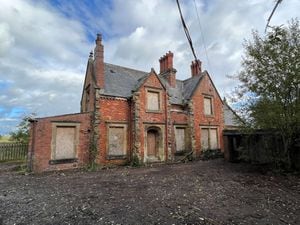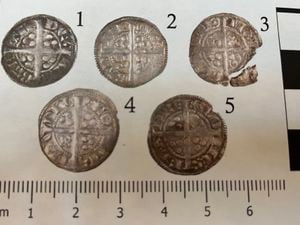'Thank you and goodbye': No cheers for the one that got away from Shropshire POW camp
A new book has revealed Shropshire's very own great escape - after a prisoner of war tunnelled out of his camp in the county . . . then wrote a letter of thanks to his captors before making it back to Germany.
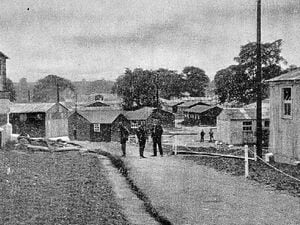
The boy's own escapade is described in a new book on Shropshire's military history.
It describes how Lieutenant FP Schreinuller decided he had had enough of life Park Hall POW Hospital.
His escape came in March 1919, long after the Armistice but before a peace treaty had been formally signed.
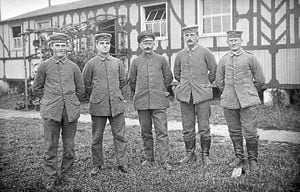
The German soldier tunnelled out of the camp near Oswestry in a snowstorm and eventually managed to board a ship back home to Germany.
He then sent a letter back to the camp in which he informs guards that he had arrived in Rotterdam safely on his way home and that he had had a "pleasant voyage".
Writing about the escape, Professor Tim Jenkins said: "He expressed thanks for the kind treatment he had received at Park Hall Camp, of which, he said, he would ever have lively recollections."
Shropshire was home to a number of prisoner of war camps during the Great War, including in Bromfield, Corfton Hall and Ellesmere.
Press reports from the time speak of German soldiers becoming restless after the Armistice because of their continued imprisonment. One was shot dead during a disturbance in July 1919.
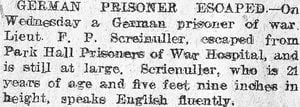
The story of the escape of Lieutenant F.P. Schreinuller is told as part of a new book called Fortress Salopia, which explores the county’s military history from the prehistoric period to the 20th century.
One of the chapters tells of the military presence in Shropshire in the 20th century, which included the landlocked county’s role as an ideal location for prisoner-of-war camps during the Great War.
According to a brief local press report at the time, Lt Schreinuller – there are different spellings of his name – was 21, 5ft 9ins tall, and spoke English fluently, a factor which would obviously have been a great help while on the run.
Professor Tim Jenkins quotes in the book from a story in The Times of April, 1919 which revealed what happened: “The Shropshire police have been informed that Lieutenant F.P. Schreinuller, a young German officer, who escaped from a Prisoners of War Hospital at Park Hall Camp, Oswestry, during a snowstorm in March by tunnelling, got away from this country on board a ship conveying repatriated German prisoners to their country.
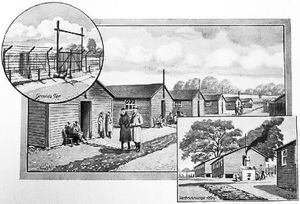
“Schreinuller, who speaks English fluently, had written to say that he had arrived safely at Rotterdam after a pleasant voyage, and expressed thanks for the kind treatment he had received at Park Hall Camp, of which, he said, he would ever have lively recollections.”
Professor Jenkins writes: “The Oswestry Prisoner of War Camp was actually named Mile House or Camp 8. It is likely that Schreinuller was receiving treatment at the neighbouring Park Hall Camp which opened in 1915 for the training and dispatch of troops to the front.
“Prisoner of War Camps were also located at Bromfield, Clee Hill, Cleobury Mortimer, Corfton Hall, and Ellesmere.”
Aftermath
Schreinuller was not the only German prisoner to escape from a Shropshire camp during the Great War or in its immediate aftermath, but may be the only one to make it all the way home – of course, if you know differently, do get in touch.
In any event with the signing of the Armistice the captive Germans were increasingly restless and unruly, and one was shot dead at Park Hall in July 1919, only a few days after the final peace treaty was signed. It was not until the November, a full year after the Armistice, that the last went back home.
Fortress Salopia is a compilation of contributions, each making a chapter, from heritage and historic professionals, practising archaeologists and academic historians, exploring the county’s military past, ranging from the Iron Age hill forts and Offa’s Dyke, to the impact of the 20th century.
One of the chapters, by Dr James Pardoe, discusses Shropshire Regimental Museum at Shrewsbury Castle and explores different ways that its artifacts and collections might be presented.
* Fortress Salopia is published by Helion and Company and costs £25.

